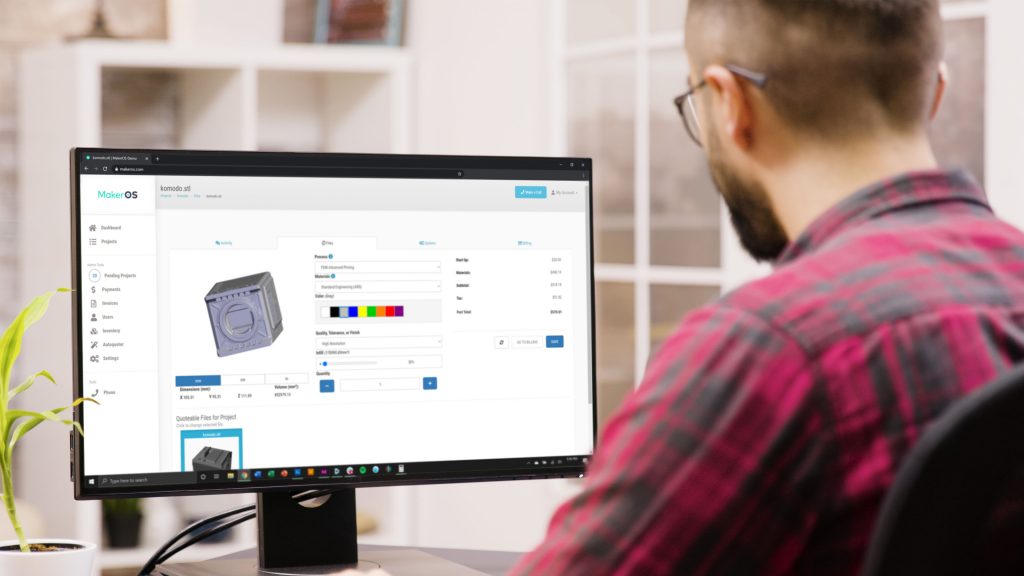From someone who ran a remote 3D printing service for years
By Mike Moceri
Can 3D printing services work as distributed teams? The short answer is: yes, but only if you have an effective collaboration platform. Let me explain.
Remote work is not generally thought of as an option for contract fabrication or product development companies, but the COVID-19 global pandemic has forced many to become distributed teams, including product fabrication teams that you’d generally assume need to meet in-person. And what do you know, it’s absolutely possible.
During a recent webinar hosted by Onshape entitled How Engineering Teams can Adapt to Changing Work Environments, Chad Manuell, the Global Director of Engineering at Trek Bicycle, said that they’ve started doing virtual design reviews. “We did one earlier this week and it was absolutely the same as reviewing a bike in person.” Will Tiller, the Engineering Lead at Dixie Iron Works out of Alice, Texas, said about his prototyping team, “at some time this year we may be placing a 3D printer in the hands of every engineer at their house so that they can print tangible items and speed up the cycle.”
The panel would go on to discuss what they’ve learned from working remotely, which Onshape summarized on their blog into 13 takeaways.
A few of those takeaways really hit home for me, particularly these three:
- Embrace cloud productivity tools
- Add more voices earlier in your design reviews
- It’s better to over-communicate
I was forced to learn those three key lessons early on in my career while I was running a 3D printing service bureau in Detroit back in 2014. My team and I were mostly remote and our clients were from all over the country. We had no choice but to embrace cloud productivity tools while communicating with clients that were hundreds, if not thousands of miles away.
I ran into various issues while working remotely. Dealing with multiple different software tools that weren’t all designed for the needs of a 3D printing service bureau made it hard to be efficient. I had a manual quoting process that involved spreadsheets to price out new projects, expensive desktop CAD tools for analysis, an online file hosting service to share and access files, and an internal project management platform to help keep everything organized (let’s not even mention billing software).
When you couple all of those tools with the fact that I had to remotely communicate with my team and clients, the results were not always optimal. And so I decided to create a tool that combined all of those core business activities, and communication between my team and clients, into one platform.
This tool started out as an internal project, but after speaking with dozens of other 3D printing shop owners who were experiencing similar issues, I realized there was a need for this type of platform in the industry. That’s how the MakerOS platform was born.
MakerOS is a web-based collaboration platform for 3D printing and digital fabrication companies to develop products faster, regardless of where their team or their clients are in the world.
Our software features an integrated suite of tools that ensure project workflows are optimally and efficiently completed. These tools sync everyone on your team, including your sales team, your engineers, your account managers, and most importantly, your clients, from the comforts of everyone’s own home.
MakerOS has already helped complete thousands of projects for 3D printing services with clients from around North America.
If you’re a 3D printing company with a distributed team, or you’re thinking about going remote, you need to try MakerOS. You can try our collaboration platform for free for 30 days.
Request a free demo and we’ll answer any questions about why MakerOS is the best tool for 3D printing companies who work as distributed teams.




